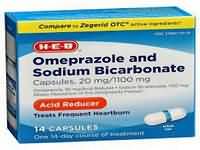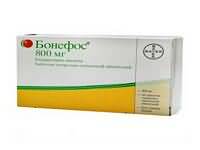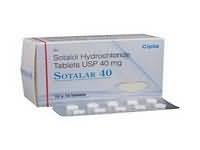Atazanavir

Atazanavir
CLINICAL USE
Protease inhibitor:
HIV infection, in combination with other
antiretroviral drugs
DOSE IN NORMAL RENAL FUNCTION
300 mg once daily with ritonavir 100 mg once
daily
PHARMACOKINETICS
Molecular weight :
802.9 (as sulphate)
%Protein binding :
86
%Excreted unchanged in urine :
7
Volume of distribution (L/kg) :
No data
half-life – normal/ESRD (hrs) :
7/no data
DOSE IN RENAL IMPAIRMENT
GFR (mL/MIN)
20 to 50 : Dose as in normal renal function
10 to 20 : Dose as in normal renal function
<10 :
Dose as in normal renal function
DOSE IN PATIENTS UNDERGOING RENAL REPLACEMENT THERAPIES
CAPD :
Unlikely to be dialysed. Dose as in
normal renal function
HD :
Unlikely to be dialysed. Dose as in
normal renal function
HDF/high flux :
Unlikely to be dialysed. Dose as in
normal renal function
CAV/VVHD :
Unknown dialysability. Dose as in
normal renal function
IMPORTANT DRUG INTERACTIONS
Potentially hazardous interactions with other drugs
Anti-arrhythmics: possibly increased
plasma levels of amiodarone and lidocaine
Antibacterials: concentration of both
drugs increased when given with
clarithromycin; rifabutin concentration
increased – reduce dose of rifabutin;
rifampicin reduces atazanavir
concentration – avoid concomitant use;
avoid concomitant use with telithromycin
in severe renal and hepatic impairment
Antidepressants: concentration reduced by
St John’s wort – avoid concomitant use
Antimalarials: avoid concomitant
administration with artemether/
lumefantrine
Antipsychotics: possibly inhibits
metabolism of aripiprazole – reduce
dose of aripiprazole; possibly increased
concentration of pimozide – avoid
concomitant use
Antivirals: concentration reduced by
efavirenz –increase dose of atazanavir;
concentration possibly reduced by
nevirapine – avoid concomitant use;
saquinavir concentration increased;
concentration reduced by tenofovir and
tenofovir concentration possibly increased;
avoid concomitant use with indinavir
Calcium-channel blockers: concentration
of diltiazem increased – reduce dose of
diltiazem; possibly increased verapamil
concentration
Ciclosporin: possibly increased
concentration of ciclosporin
Cytotoxics: possibly inhibits metabolism of
irinotecan – increased risk of toxicity
Ergot alkaloids: possibly increased
concentration of ergot alkaloids – avoid
concomitant use
Oestrogens: increased concentration of
ethinylestradiol – avoid concomitant use
Sildenafil: possibly increased side effects
of sildenafil
Sirolimus: possibly increased
concentration of sirolimus
Statins: avoid concomitant use with
simvastatin – increased risk of myopathy;
possibly increased risk of myopathy with
atorvastatin
t is not licensed for use by anyone else.
Tacrolimus: possibly increased
concentration of tacrolimus
Ulcer-healing drugs: concentration
significantly reduced by omeprazole and
esomeprazole and possibly other proton
pump inhibitors – avoid concomitant
use; concentration possibly reduced by
histamine H2 antagonists
ADMINISTRATION
Reconstition
–
Route
Oral
Rate of Administration
Take with food
Comments
Take didanosine 2 hours after atazanavir if
used in combination
See how to identify renal failure stages according to GFR calculation
See how to diagnose irreversible renal disease
Home









